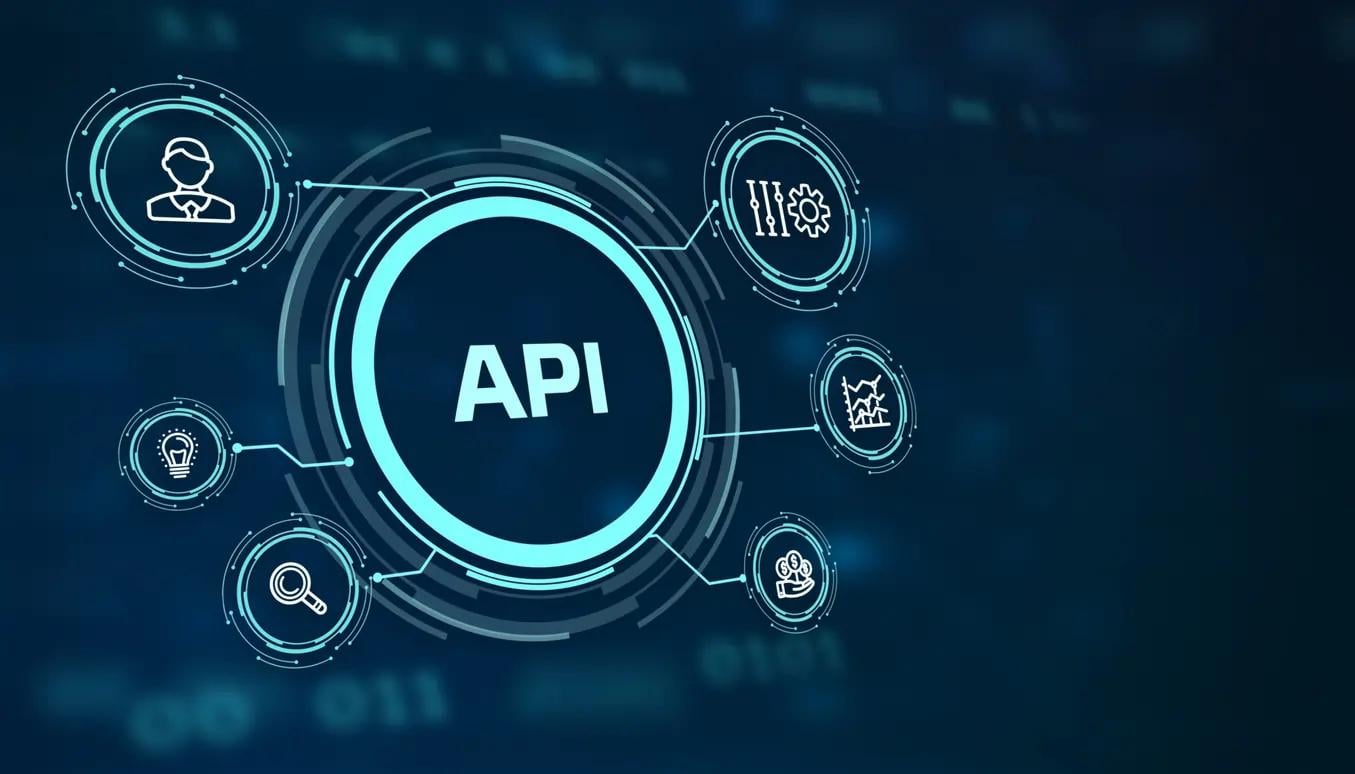Published by Uma Rajagopal
Posted on May 15, 2024

Global Banking and Finance Review is an online platform offering news, analysis, and opinion on the latest trends, developments, and innovations in the banking and finance industry worldwide. The platform covers a diverse range of topics, including banking, insurance, investment, wealth management, fintech, and regulatory issues. The website publishes news, press releases, opinion and advertorials on various financial organizations, products and services which are commissioned from various Companies, Organizations, PR agencies, Bloggers etc. These commissioned articles are commercial in nature. This is not to be considered as financial advice and should be considered only for information purposes. It does not reflect the views or opinion of our website and is not to be considered an endorsement or a recommendation. We cannot guarantee the accuracy or applicability of any information provided with respect to your individual or personal circumstances. Please seek Professional advice from a qualified professional before making any financial decisions. We link to various third-party websites, affiliate sales networks, and to our advertising partners websites. When you view or click on certain links available on our articles, our partners may compensate us for displaying the content to you or make a purchase or fill a form. This will not incur any additional charges to you. To make things simpler for you to identity or distinguish advertised or sponsored articles or links, you may consider all articles or links hosted on our site as a commercial article placement. We will not be responsible for any loss you may suffer as a result of any omission or inaccuracy on the website.
The evolution of financial APIs: Enabling innovation and connectivity
Introduction
In the rapidly evolving world of fintech, financial Application Programming Interfaces (APIs) have become pivotal in shaping the future of financial services. These tools not only facilitate enhanced connectivity between various financial entities but also pave the way for innovative solutions that redefine user experience. This blog post delves into the historical development of financial APIs, examines their current applications, and speculates on their future in the digital economy.
Financial APIs first emerged as simple gateways for basic banking operations, allowing third-party applications to securely access financial information. The initial focus was on providing seamless connectivity to user account data, which was a significant step forward in digital banking.
As technology advanced, so did the complexity and capabilities of financial APIs. They became integral in supporting a variety of fintech applications beyond traditional banking.
With the expansion of financial APIs, regulators stepped in to ensure data security and privacy. The introduction of standards such as the Payment Services Directive (PSD2) in Europe mandated banks to open their APIs to third parties, fostering a more competitive environment.
Neobanks, or digital-only banks, owe much of their success to the robust API infrastructure that underpins their operations. These platforms utilize APIs to create a seamless, intuitive banking experience.
Despite their advantages, financial APIs face challenges such as cybersecurity threats and the need for continuous innovation to meet changing consumer demands.
Financial APIs are not just revolutionizing fintech within individual countries; they are also enhancing global financial connectivity. By allowing seamless interactions between different financial systems worldwide, these APIs facilitate international trade, investments, and economic cooperation.
Beyond facilitating transactions, financial APIs play a crucial role in empowering consumers. They provide users with tools and data that promote better financial decisions and enhance financial literacy.
Financial compliance and reporting have become more efficient thanks to financial APIs. These tools help institutions ensure compliance with financial regulations and standards while simplifying reporting processes.
The insurance sector is also benefiting from the advancements in financial APIs. These technologies streamline the processing of claims, underwriting, and customer service, thereby transforming the insurance landscape.
In an era where sustainability is crucial, financial APIs are stepping up by supporting green finance initiatives. They help in tracking and reporting on sustainable investments and in promoting environmentally-friendly business practices.
The evolution of financial APIs marks a significant shift in the landscape of financial services. By enabling innovation and connectivity, these tools are not only transforming operations but also paving the way for a more interconnected and efficient global financial ecosystem. As technology continues to evolve, the potential for financial APIs to further revolutionize the industry remains vast, promising a future where financial services are more accessible, efficient, and aligned with the needs of a digital-first world.
FAQs
How do financial APIs enhance user experience in fintech? Financial APIs simplify and streamline various financial processes, providing users with a more intuitive and efficient interface. By facilitating real-time data transfer and integration between services, they enhance the overall user experience.
What are the security risks associated with financial APIs? Security risks include data breaches, unauthorized access, and interception of data transfers. Financial institutions mitigate these risks by implementing robust security protocols like encryption and secure authentication.
Can financial APIs reduce operational costs for financial Institutions? Yes, by automating many processes that were traditionally manual, APIs reduce labor costs and improve efficiency, thereby lowering overall operational costs for financial institutions.
What role do regulations play in the development of financial APIs? Regulations ensure that financial APIs adhere to security and privacy standards, protecting consumer data and promoting a fair, competitive market environment.
How might financial APIs change in the future? Future developments in financial APIs could include more personalized services using AI, better cross-platform integration, and advancements in security to address evolving cyber threats.
Are financial APIs accessible to small businesses and startups? Yes, the democratization of financial technology through APIs provides small businesses and startups with access to powerful tools that were previously available only to large institutions.